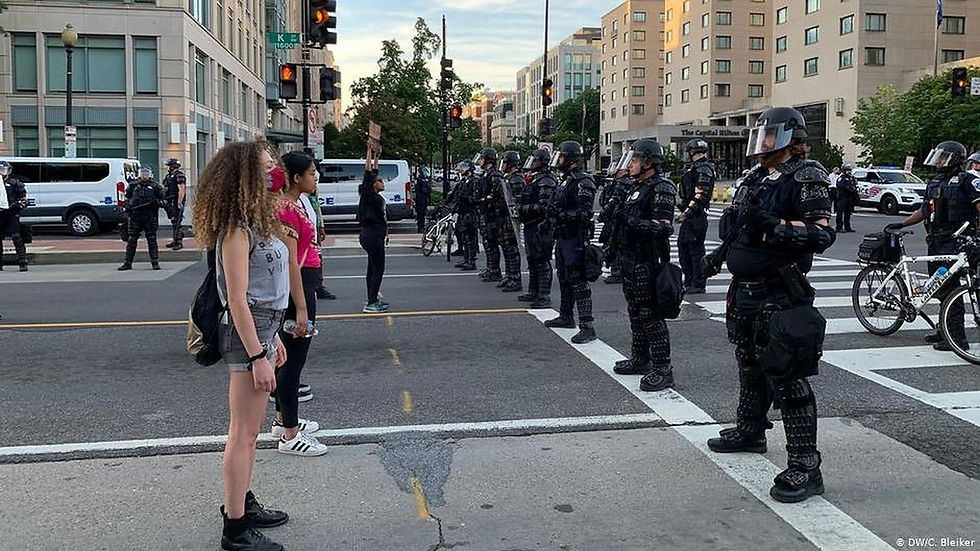Our Mission
We are a voting block that continues to grow in importance but few politicians or even the media pay us much mind, after all, we’re just kids, they say – and the political wisdom has always been, “kids don’t vote.”
So, who are we then?
We are Gen Z and as a voting block we’re here to stay – and we can be found in large and growing numbers in every voting precinct in America. According to Pew Research, Gen Z’s timeline begins in 1997 and ends in 2012 – and now, Gen Z numbers 67 million Americans, that’s over 20% of the US population.
Gen Z first came of voting age during the 2016 elections. Then, in the 2018 mid-terms, young voters succeeded in actually changing political history as 36% of 18-29 year-olds voted -- up an amazing 79% from our turnout in the 2014 mid-terms. The result – a big win for Democrats as Democrats gained 41 seats in the House of Representatives (and the majority) as well as 7 new Democratic governorships and an additional 350 state legislative seats for Democrats. Yes, it can be said that one of the hallmarks of Gen Z is a propensity, at least for now, to vote Democratic.
Gen Z and their immediate predecessors, Millennials (born from 1981-1996) showed up again in 2020, with a majority of young voters under 30 voting – that’s the first time ever in US history that a majority of younger voters took part in an election. And their vote helped propel Joe Biden to victory in key battleground states (Wisconsin, Michigan, Pennsylvania, Georgia); all states that Hillary Clinton lost in 2016. Biden, despite being the oldest candidate to ever run for President, captured 60% of the 18-29 year-old vote and 56% of the Millennial vote. Further, in 2020, Gen Z and Millennials were almost a third, 31%, of voters vs only 23% in 2016 when Trump won the Presidency.
Meanwhile, Baby Boomers (1946-1964), who have helped decide almost every mid-term and Presidential election since 1976, represented just 44% of 2020 voters versus 61% of voters four years earlier in 2016 (a 25% decline). Baby Boomers, with a population that’s now dropped to 70 million (alas, they are dying off), trail Millennials (72 million). Soon, Baby Boomers, as they pass away, will be surpassed by Gen Z (68 million).
As a group, Gen Z is the most diverse generation ever with only 50% are white, 25% Latino, 14% African American, 6% Asian. We are twice as likely as Americans in general to identify as LBGQ+ and also twice as likely as Americans over 30 to say that we are dealing with mental health issues. Another growing trend among Gen Z is embracing unions in the workplaces – whether it’s at an Amazon warehouse, a Starbucks or as a retail worker at REI.
The fastest growing demo of Gen Z is Latinos. Each and every year for the next two decades, one million Latinos will turn 18. There are some 60 million Latinos in the US and almost of third of them are under 18. In 2020, 40% of Latino voters were between the ages of 18-35. And like Gen Z in general, young Latino voters skew Democratic with almost 70% of Latino voters under the age of 30 voting for Biden in 2020. This Latino vote is heavily concentrated in just five states: California, Texas, Florida, New York and Arizona -- with two out of three Latino voters, 66%, residing in those five states.
A leading expert on all things Gen Z is Harvard University’s John Della Volpe. His book is entitled, Fight: How Gen Z is Channeling their Fear and Passion to Save America. His day job is as the director of polling at the Harvard Kennedy School Institute of Politics. One disquieting fact is that as a whole, Della Volpe says that only 25% of Gen Z have confidence in the US government. Further, he says Gen Z don’t perceive politics as a means to an end or a way to effectively change things. We prefer, his polling finds, to take part in community service rather than get directly involved in politics.
Gen Z concerns/issues include climate change, reproductive rights, gun control, income inequity, rising student debt and supporting the Black Lives Matter (BLM) movement. In fact, it’s estimated that in the summer of 2020, 12 to 26 million Americans, many of them Gen Zers, took part in the George Floyd/BLM Protests. These protests are now considered the largest mass protests in US history – surpassing the Baby Boomer Vietnam protests of the late 1960s and early 1970s.
Sadly, the voting power of Gen Z or Millennials has not manifested itself yet in our Congressional representation. Millennials and Gen Z make up a smaller percentage of Congress than Baby Boomers did in their early years. In fact, Baby Boomers still dominate Congress – with the average age of the US Senate being 65.
But in 2022, two Gen Z candidates ran for US Congress for the first time: one won, Max Frost, a Democrat in Florida and one lost, Karoline Leavitt, a Republican in New Hampshire. Acknowledging that the Republicans are being left behind in the effort to recruit Gen Z voters, Leavitt recently told us, “So, we have a lot of work to do to bring these voters back to the Republican Party -- we need to show up, we need to invest in Generation Z.” Leavitt now heads up press relations for the Trump Campaign. And Frost is seeking re-election this fall.
Clearly, we must use our power at the ballot box to shape America’s future, our future.
And sooner rather than later, the nation, our nation will feel The Power of Z.
.jpg)
